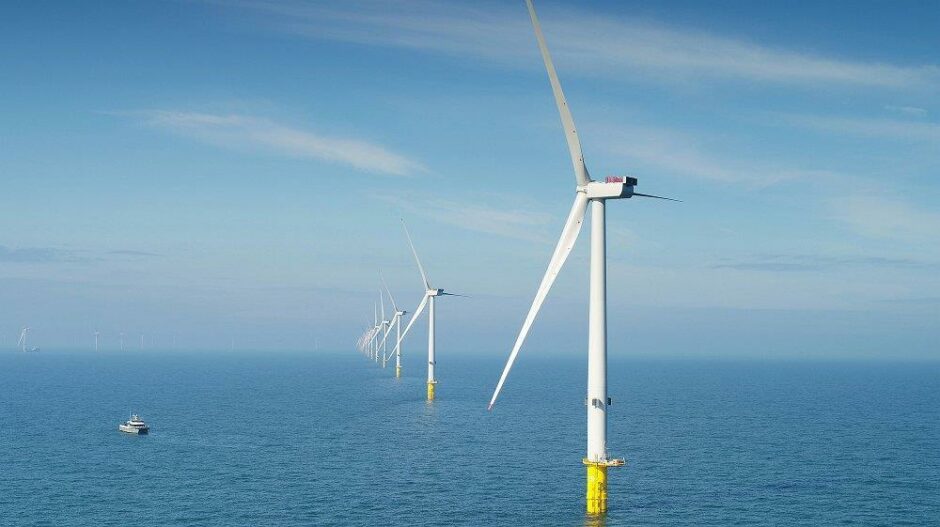
The Philippines could get nearly one-fifth of its power from offshore wind by 2040 under a high-growth scenario that would deliver 21GW of capacity, according to the latest study from the World Bank. However, numerous challenges need to be overcome to realise this commercial potential.
To date, the Philippines department of energy has awarded 30 wind energy service contracts, representing cumulative offshore wind capacity exceeding 20 GW. This underscores the high interest from both local and international companies in the Southeast Asia nation’s offshore wind potential. Indeed, as Energy Voice reported earlier this year, Spain’s Iberdrola is eying five early-stage offshore wind projects in the Philippines, as part of its ambitious push to expand its footprint in the Asia Pacific region.
The total offshore wind potential could be as much as 178 GW, although 90% of that would be in waters deeper than 50 metres and need more complex and expensive floating wind technology, noted the report, published yesterday.
Developing wind power would help the Philippines improve its energy security by cutting its dependence on imported gas and coal, which now fuel more than 70% of electricity generation. It would also help lower greenhouse gas emissions and boost renewable energy supply.
Achieving the 2040 high-growth scenario target of 21 GW offshore wind capacity, up from zero now, would create $14 billion in economic benefits, add 205,000 jobs, as well as help avoid 480 million tons of greenhouse gas emissions, found the World Bank.
There is clear private investment interest in the offshore wind sector, however it could be hampered by a number of challenges that the report identifies. “Some of the major issues include; route to market/offtake agreements; clear permitting process and requirements; transmission availability; as well as restrictions on foreign ownership,” cautioned, Mark Leybourne, senior energy specialist at the World Bank.
The nascent offshore wind market in the Philippines, which is Southeast Asia’s second most populous country, offers exciting opportunities for foreign investors, particularly experienced UK companies, Energy Voice reported last October.
Scenarios For Development
The analysis underpinning the World Bank’s roadmap is based on two possible growth scenarios for the Philippines’ offshore wind industry. Under a low growth scenario offshore wind supplies over 2% of the Philippines’ electricity needs by 2040, reaching around 3 GW of installed capacity. Under the high growth map, more than six times as much offshore wind is installed, in which offshore wind supplies 14% of the Philippines’ electricity needs by 2040, reaching over 20 GW of installed capacity.
Both growth scenarios could deliver substantial benefits to the Philippines; however, results indicate that the high growth scenario could deliver disproportionately larger economic benefits with a lower cost of energy, said the World Bank. In comparison to a low growth scenario, high growth would result in the following: faster cost reductions—32% lower LCOE for offshore wind electricity by 2040, caused by market scale, increased local capabilities, and quicker risk reduction; and over 13 times more local jobs and value added to the economy by 2040.
The World Bank’s roadmap provides strategic analysis of the offshore wind development potential in the Philippines, considering the opportunities and challenges under different, hypothetical growth scenarios. The goal is to provide evidence to support the Government of the Philippines in establishing policy, regulations, processes, and infrastructure to enable successful growth of this new industry.
The roadmap was initiated by the World Bank country team in the Philippines under the umbrella of the World Bank Group’s (WBG’s) Offshore Wind Development Program—which aims to accelerate offshore wind development in emerging markets—and was funded by the Energy Sector Management Assistance Program (ESMAP) in partnership with the International Finance Corporation (IFC).
Recommended for you

